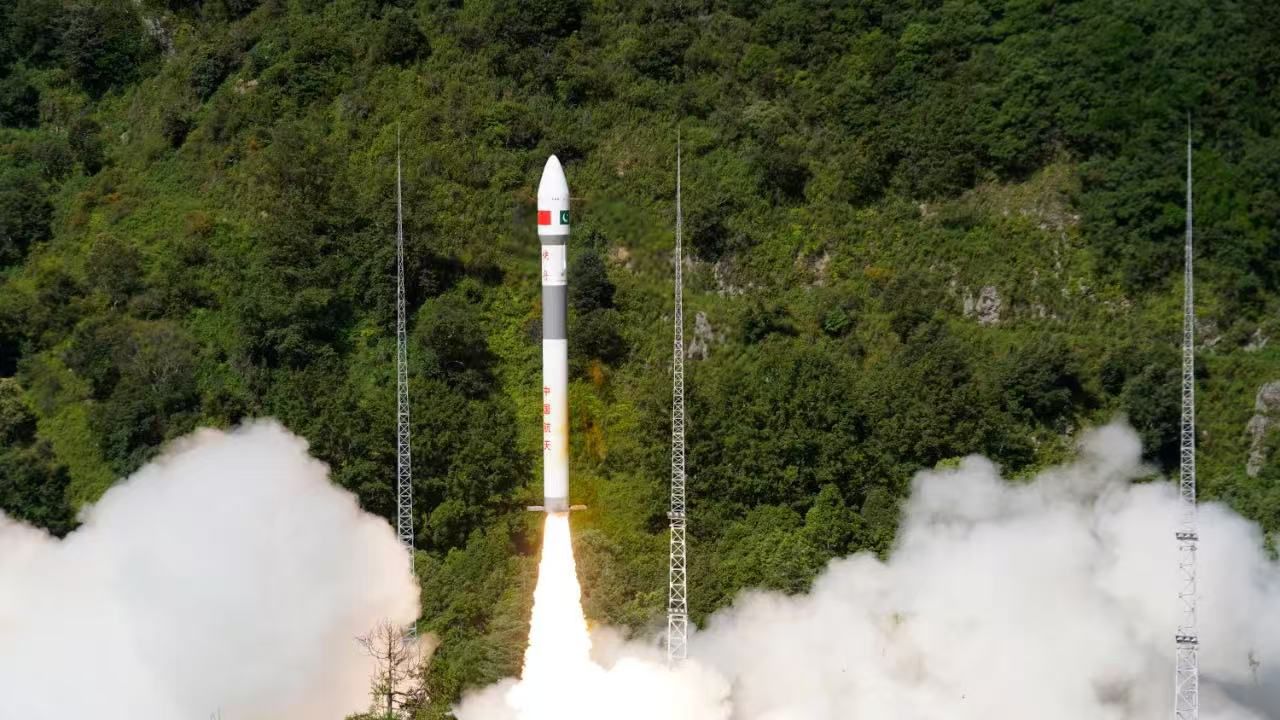 Islamabad 15 August 2025(Kamran Raja): The Pakistan Space and Upper Atmosphere Research Commission (SUPARCO) has announced the successful deployment and operational readiness of the country’s latest Remote Sensing Satellite, launched from the Xichang Satellite Launch Center (XSLC), China, on 31 July 2025.
Islamabad 15 August 2025(Kamran Raja): The Pakistan Space and Upper Atmosphere Research Commission (SUPARCO) has announced the successful deployment and operational readiness of the country’s latest Remote Sensing Satellite, launched from the Xichang Satellite Launch Center (XSLC), China, on 31 July 2025.
Following its successful launch, the satellite has established stable contact with ground stations and commenced capturing and transmitting high-resolution imagery, significantly enhancing the availability and reliability of vital data for various national sectors.
The advanced imaging capabilities of the satellite will support a wide range of applications, including:
Urban Planning & Infrastructure Development Monitoring urban expansion, growth patterns, and infrastructure needs for more efficient city planning and resource allocation.
Disaster Management, Providing timely data for early warnings and rapid response to floods, landslides, earthquakes, and other natural hazards.
Environmental Protection, Tracking glacier recession, deforestation, and other climate change indicators to aid conservation efforts.
Agriculture & Food Security, Enabling precision farming, mapping crop patterns, and optimizing water resource management.
Strategic Development Projects, Supporting initiatives such as the China Pakistan Economic Corridor (CPEC) through mapping transportation networks, assessing geohazard risks, and improving project efficiency.
These capabilities are expected to revolutionize decision-making, promote sustainable socio-economic development, and strengthen Pakistan’s technological independence in space-based applications.
“This remarkable achievement reflects Pakistan’s advancing expertise in space technology and our commitment to leveraging satellite-based systems for national development,” a SUPARCO spokesperson said. “The new satellite will not only enhance our Earth observation capabilities but also contribute to self-reliance and innovation in multiple sectors.”
The successful deployment of this satellite marks another milestone in Pakistan’s journey towards a modern, technology-driven future, enabling the country to address national challenges with greater precision, efficiency, and foresight.